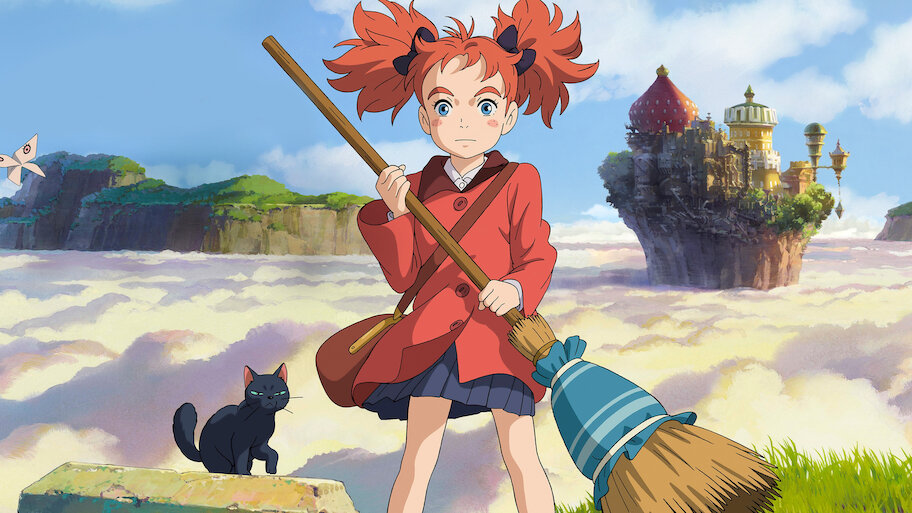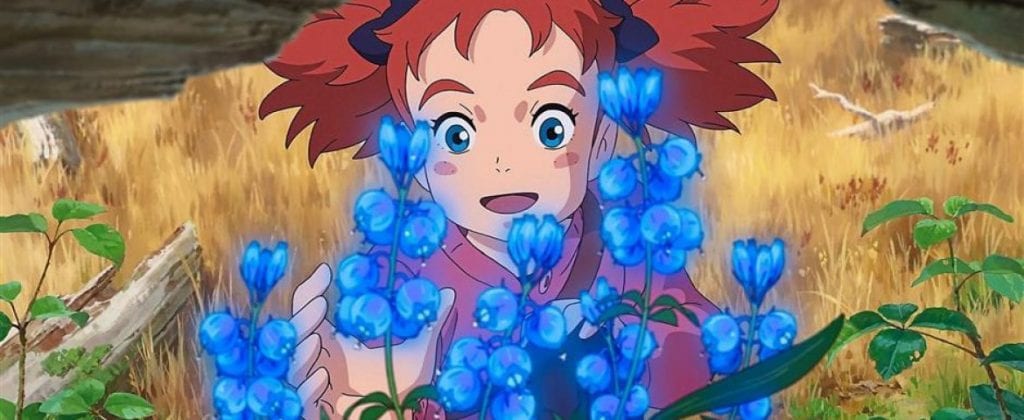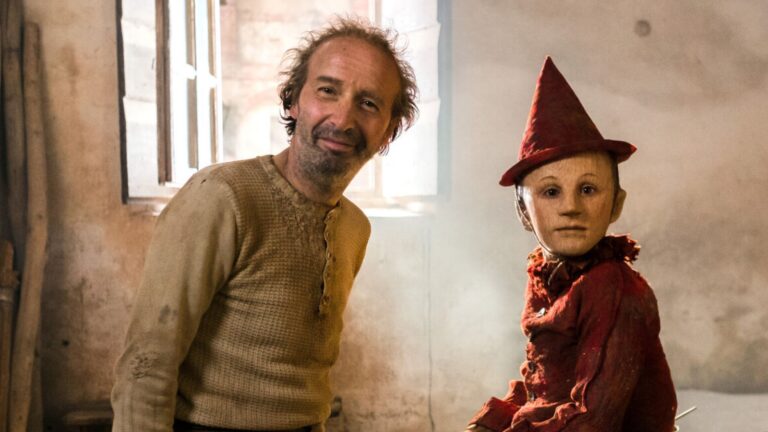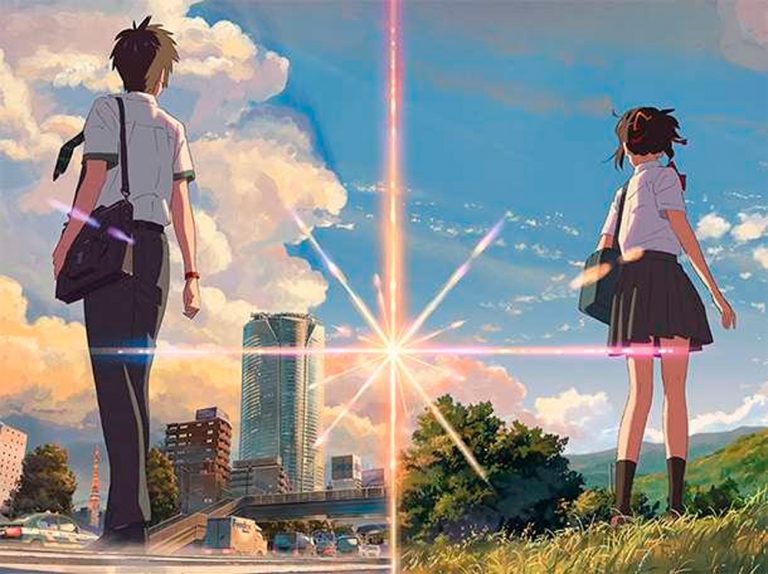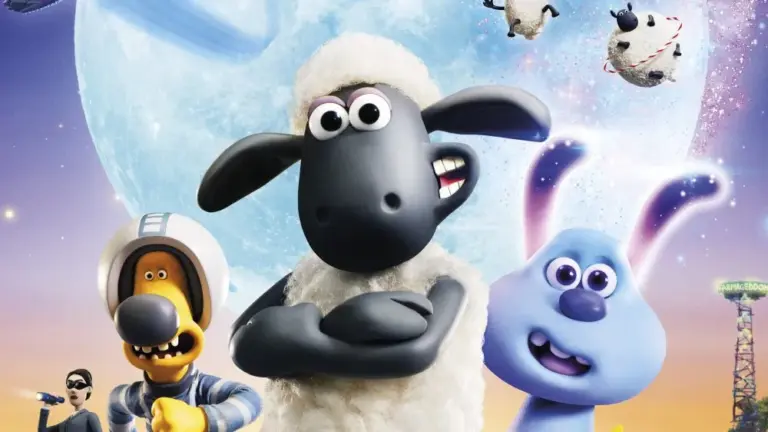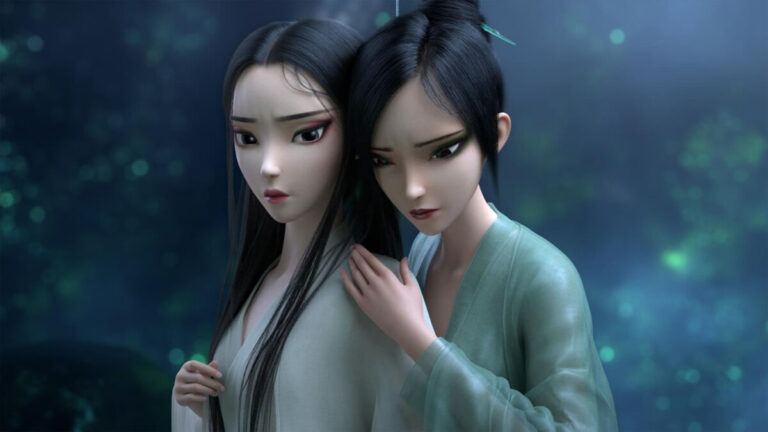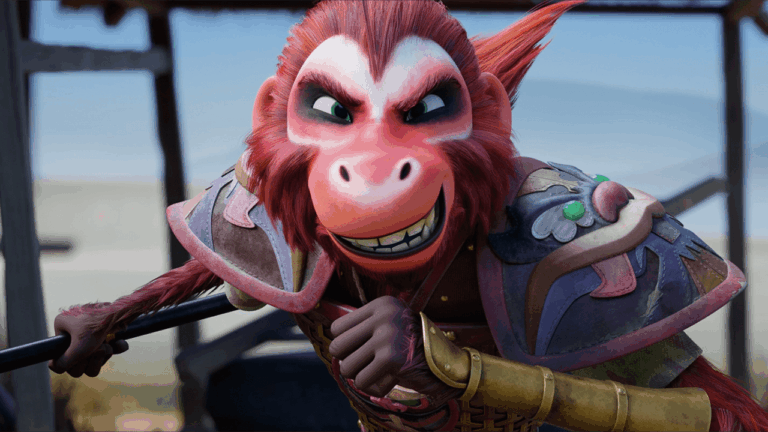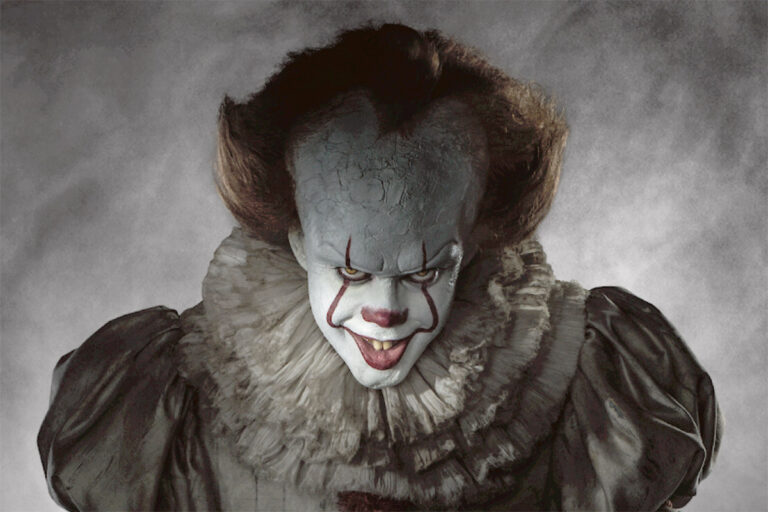Review Mary and The Witch’s Flower (2017)
Story
Mary and The Witch’s Flower is a supernatural animated film that fans of Harry Potter won’t want to miss. However, its short runtime means it can’t fully satisfy everyone’s curiosity about Mary’s wizarding world. Viewers hoping for epic magical battles or a deep dive into a sprawling magical realm might feel shortchanged. Instead, the film offers fleeting glimpses of students learning spells, classrooms, and the chambers of Headmistress Madame and Doctor Dee.
Scenes of students flying broomsticks in a grand hall, invisible classrooms, or magical chemistry lessons can’t help but remind you of Harry Potter, especially the first film. Still, the story centers on Headmistress Madame and Doctor Dee, who become corrupted after discovering a magical flower. Charlotte, Mary’s grandmother and a former witch, was once their student. She entrusted them with the flower but, witnessing their descent into greed, chose to abandon the magical world and take the flower with her.
This gives you something to ponder: even the most powerful magic pales against greed, which can turn respected witches into something monstrous. The film ends with Mary declaring she no longer needs magic and discarding the flower—a moment that echoes Harry Potter when Harry snaps the Elder Wand after defeating Voldemort.
It’s a noble choice for Mary, who sees how two once-admirable figures were warped by ambition, even using their own students as test subjects. That’s the heart of the story’s message. Sadly, at just 1 hour and 42 minutes, the film can’t explore every detail. Why did Charlotte abandon her fight against corruption? Why did her broomstick and house mistake Mary for her? What happened to the school’s former students—did they become experiments, escape, or move elsewhere? Madame claims her school is the most prestigious, with non-witches facing transformation as punishment. Does that mean other magic schools exist, and where do graduates go?
Time in the magical world also feels disjointed compared to reality. When Mary visits Charlotte’s old house, fire spirits remark that they thought she’d never return. How much time has passed? Everything feels oddly pristine, like it happened yesterday. And how are witches chosen—is it talent or innate gifts? Charlotte was a witch but seems to have lost her powers—why? These lingering questions leave you wanting more answers than the film provides.
The plot focuses heavily on Mary arriving at the school, being mistaken for a witch, chasing the magical flower, and rescuing Peter. Other elements feel like loose threads, sometimes frustrating viewers eager to understand more about this magical world. If there were a sequel, it might flesh out this universe, but alas, none exists.
Characters
The characters are crafted with care. Madame and Doctor Dee, the antagonists, aren’t purely evil—greed shapes them into figures both despicable and pitiable. That doesn’t excuse turning their students into experiments, though, does it?
Tib and Gib, two cats, are pivotal in pulling us into the magical world. With Charlotte having left that life behind and Gib missing, Tib lures Mary into the forest, dropping the witch’s flower and guiding her to the magical realm. If Madame hadn’t mistaken Mary and her emerald-eyed cat for a witch, we wouldn’t have a story at all.
Animals play a key role, too. Toward the end, they help Mary reach the laboratory, distracting Madame’s “staff.” When Madame and Dee lose their powers and hide in a pipe, they’re greeted by a circle of animals—a satisfying bit of revenge.
Mary and Peter are opposites. Peter is responsible and family-oriented, while Mary, with her wild red hair, is clumsy and accident-prone but endearing in her childlike loyalty. When she learns Peter is missing and held by a terrifying Madame, most kids would’ve stayed home. Yet Mary risks it all. During a mirror conversation with Charlotte, who urges her to use the flower to return home, Mary chooses to save Peter instead—a brave move. Charlotte didn’t know Peter was kidnapped for experiments; she just wanted Mary safe and far from magic’s dangers, having seen how greed taints that world.
Then there’s Flanagan, the fox who patches up a broken broomstick after Mary and Peter’s crash. He grumbles about their carelessness before vanishing into the air. His carefree attitude, unbothered by the school’s drama, makes him oddly charming.
In Conclusion
While Mary and The Witch’s Flower leaves some questions unanswered or glosses over details, it’s not a dealbreaker. The story isn’t illogical—just focused on Mary fixing her own mess, stumbling through failures, and pushing forward. Some gaps might lessen the thrill of her rescuing Peter, but the film’s strengths shine brighter.
It carries a message about valuing hard work over reliance on magic, reminding me of Zeniba’s line in Spirited Away: “Twin witches only bring trouble.” It contrasts greedy, destructive witches with humble, forgiving ones. Magic is useful in theory, like a knife meant for cooking—but some wield it to harm.
This is a film worth watching, even if it’s not directed by Hayao Miyazaki, as I initially thought. It’s helmed by Ghibli veteran Hiromasa Yonebayashi. If you want a gentle, mystical tale, Mary and The Witch’s Flower delivers. Don’t expect a Harry Potter-level wizarding epic, though—it’s a quieter story. For those who don’t obsess over plot holes or world-building, it’s a gem.

